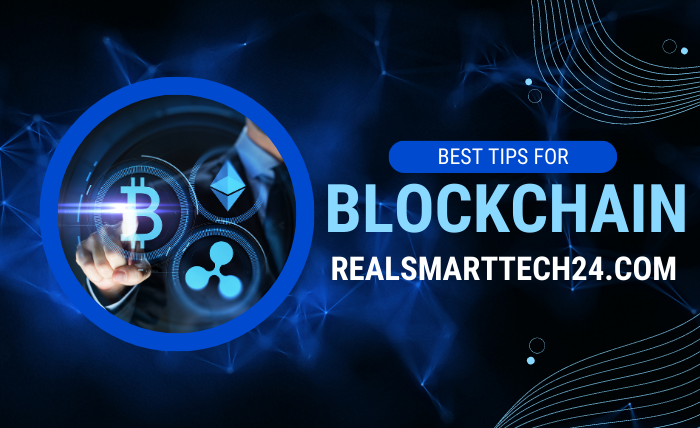Unlocking the Potential of Blockchain: A Beginner’s Guide

Blockchain technology is a revolutionary concept that has the potential to change the way we conduct transactions and exchange information. At its core, a Blockchain is a decentralized digital ledger that records transactions across a network of computers. Each block in the chain contains a number of transactions, and every time a new transaction is added, it is verified by multiple nodes on the network. Once a block is added to the chain, it cannot be altered or deleted, making it an extremely secure and transparent way to store data.
One of the most well-known applications of Blockchain technology is in the world of cryptocurrencies. Bitcoin, the first decentralized cryptocurrency, was created in 2009 using Blockchain technology. Since then, thousands of other cryptocurrencies have been created, each with its own unique features and uses. Blockchain technology allows for the creation of digital currencies that are not controlled by any government or institution, making them highly resistant to censorship and manipulation.
Beyond the world of cryptocurrency, Blockchain technology has the potential to disrupt a wide range of industries. For example, it could be used to create a decentralized social media platform that is not controlled by any single entity. It could also be used to create a decentralized marketplace where people can buy and sell goods and services without the need for intermediaries.
One of the key benefits of Blockchain technology is that it is highly secure. Each block in the chain contains a unique code, called a “hash,” that is created using complex algorithms. This makes it virtually impossible for hackers to alter or delete the data stored in the Blockchain. Additionally, because the blockchain is decentralized, there is no single point of failure that could be targeted by hackers.
Another major benefit of Blockchain technology is that it is highly transparent. All transactions on the Blockchain are visible to anyone on the network, making it easy to track and verify the authenticity of the data. This makes it an ideal technology for use in industries such as supply chain management and logistics, where tracking and verifying the authenticity of goods is critical.
Despite the many benefits of Blockchain technology, there are also some challenges that need to be addressed. One of the biggest challenges is scalability. As more and more people begin to use Blockchain -based systems, the number of transactions that need to be processed will increase, putting a strain on the network. Additionally, because Blockchain networks are decentralized, it can be difficult to make changes or updates to the system.
Another challenge is energy consumption. Blockchain networks require a lot of computational power to verify transactions, and this requires a lot of energy. This has led to concerns about the environmental impact of Blockchain technology.
Despite these challenges, the potential of Blockchain technology is undeniable. As more and more industries begin to explore the use of Blockchain, it is likely that we will see more and more innovative applications of this technology. From digital currencies to decentralized social media platforms, Blockchain has the potential to change the way we conduct transactions and exchange information in ways that we never thought possible.
In conclusion, Blockchain technology is a disruptive technology that has the potential to change the way we conduct transactions and exchange information. Its decentralized nature and high level of security make it an ideal technology for a wide range of applications, from digital currencies to supply chain management. While there are still challenges that need to be addressed, such as scalability and energy consumption, the potential benefits of Blockchain technology are too great to ignore. As more and more industries begin to explore the use of Blockchain, we can expect to see this technology play an increasingly important role in our daily lives.



